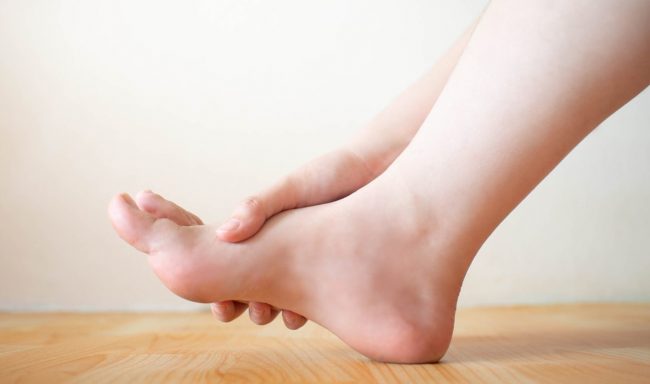Why do Limbs Fall Asleep?
Everyone’s had that experience; after sitting for a long time in one position, or laying on your arm during the night, your limb starts to feel numb and then, when you move it, you feel like you’re being stuck by thousands of tiny needles. It’s not pleasant, but it happens to us all.

Why do Limbs Fall Asleep?
The reason that our limbs “fall asleep” is all due to a lack of communication. Our body is absolutely full of nerves that run messages from your limbs to your brain non-stop. Your brain sends signals to your limbs to move, and your limbs send sensory information to the brain so it knows what’s going on. A limb that’s fallen asleep has had its line of communication cut off for too long due to pressure. Suddenly, your nerves are dancing around without any information, causing paresthesia, the technical term for the tingling feeling you get when your limb falls asleep.
How does this communication gets cut off? When you are constantly applying pressure to one part of your body, your nerve pathways get squeezed and your blood vessels are trapped. This makes it impossible for signals to travel along your nerves, as well as cutting off any oxygen flow to the limb from blood vessels. With all the signals cut off and mixed up, the nerves in your limb go a little crazy, either “turning off” or sending out mixed, confusing signals.
What makes it even more complicated is that each nerve has a very specific task and specialty. One nerve will pick up different sensory information than another, and each nerve tells the brain something different. When all that information and signals get confused due to inadequate circulation and closed pathways, the brain doesn’t know what to do and compensates by creating a hodgepodge of sensations, including the “pins and needles” feeling.
It’s easy for us to feel when our limbs fall asleep, and we will usually move around to stop the discomfort. Once we release the pressure, blood returns to the limb, making the paresthesia feel more intense. Within minutes though, our nerves return to normal and the sensation fades. As much as you may hate the feeling, be grateful: if we didn’t realize what was happening, we could inflict some pretty serious damage onto our nerves!
